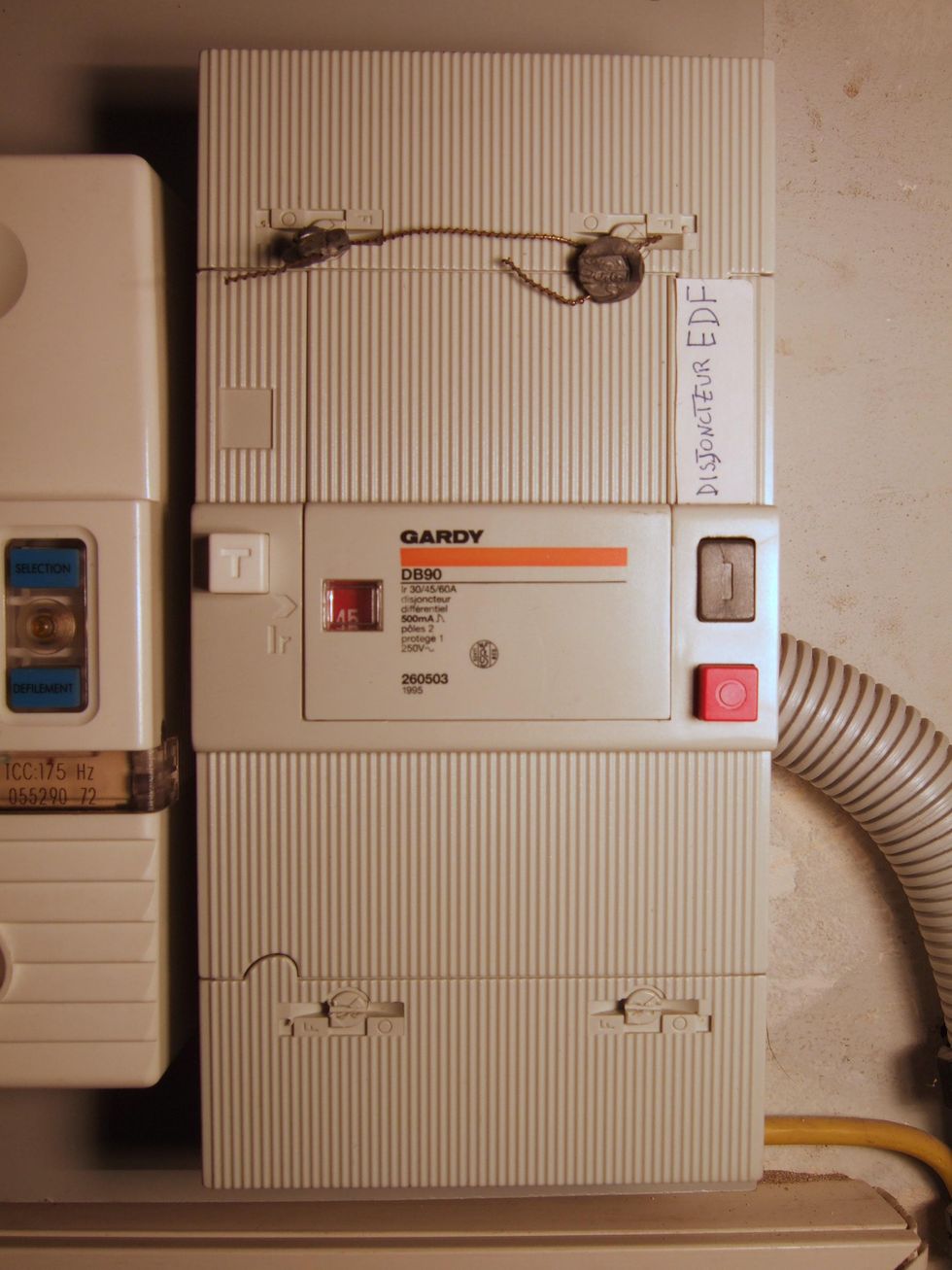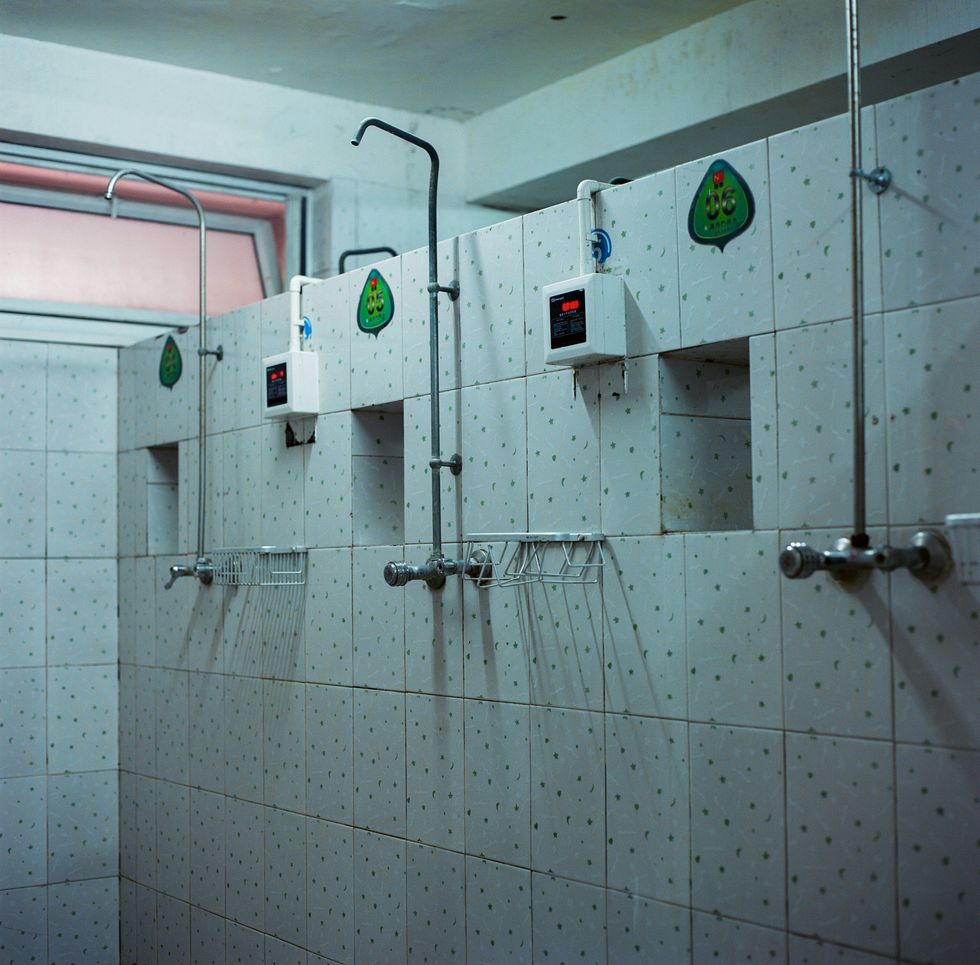A Residual Current Circuit Breaker (RCCB) is an essential safety measure for electrical circuit protection. It may automatically measure and disconnect the circuit if a fault develops in the connected circuit or if the current exceeds the device's rated perceptivity.
Electrical devices known as RCBs, or residual current breakers, stop the current from the electrical current to avoid electrocution. It is capable of detecting current leakage between 5 and 30 mill amperes. In essence, RCBs are used in circuits to protect people from electrocution or electric shock. In the case that someone gets electrocuted in some way, the RCB detects it and cuts the power. Again, RCB disconnects the circuit if an electrical component, such as motor or a panel, electrifies itself in some way.
Who invented RCB?
Despite using fuses for his commercial power distribution system, Thomas Edison detailed an early type of circuit breaker in a patent application from 1879. Its goal was to safeguard the wiring of the lighting circuit from unintentional short circuits and overloads. rcb full form in electrical
Where RCB is used?
RCBOs, also known as residual current circuit breakers with over current protection, are typically used in applications that require protection from earth leakage of current as well as overload and short circuit overcurrent’s.
Construction Of RCB
Circuit breakers are essentially made up of fixed and moving pairs of metallic contacts inside, along with an active coil. These contacts are touching each other in a closed circuit, which permits the flow of electricity. Magnetic ring inductor is the major part of residual current circuit breaker. A secondary coil and a parallel winding technique are used to wind the fire wire and neutral wire on the magnetic ring multiple times.
Purpose of RCB
The wiring, fixed appliances, and people utilizing the installation are protected by these devices, which are mounted inside an electrical system unit. Monitoring the electric current flowing through one or more circuits that an RCD is designed to safeguard allows for protection.
How Does RCB Work
When an RCCB is connected to the circuit, earthling is necessary because it sends the additional current to the ground before any damage can happen. Without earthling, there is no passage of erroneous current to the ground, and anyone who unintentionally comes into contact with it will get shocked by electricity. Residual Current Breaker (RCB) operates under the presumption that, in the absence of any other means of current flow, the current going to the electronics device must emerge from the neutral line.
Application of RCB
RCD-equipped electrical plugs are sometimes put on products that could be thought to offer a special safety risk, such as lengthy extension cords that could be used outside, garden tools, or hair dryers that could be used close to a bath or sink. There are times when an in-line RCD can perform a comparable job to a plug-in RCD. When the RCD is installed in the extension lead, protection is offered at any outlet that is used, regardless of whether the building has outdated wiring, such as knob and tube, or wiring that lacks a grounding conductor. To further increase safety for a particular electrical gadget, the in-line RCD might additionally have a lower tripping threshold than the building
Types of RCB
▪When there is only a live and a neutral wire in a single-phase supply connection, a two-pole RCCB is employed.
▪In the event of a three-phase supply connection, a four-pole RCCB is employed. Ratings range from 10 to 100 amps. 30, 100, or 300 m Amp of sensitivity
Two-pole RCCB
It is utilized in single-phase supplies with only a live and a neutral wire. It has two ends, where the live wire and neutral wire are joined. You can turn on and off the RCCB with the use of a rotary switch. It also has a test button that makes it easier to periodically verify the RCCB's functionality.
Four-pole RCCB
In a 3-phase supply connection, a 4-pole RCCB is used.
Advantages Of RCB
1. Designed to shield a person from the danger of electric shocks, electrocution, and fires, RCCB is especially useful in situations of rapid earth fault. The RCCB's existence ensures that the circuit trips immediately in such situations, shielding the victim from an electric shock.
2. When the rated sensitivity is surpassed, the circuit is automatically disconnected. It has a filtering component that protects against transient voltage levels, hence it provides protection against voltage variations. It provides the option of dual termination for both busbar and cable connections
Disadvantages Of RCB
▪ The RCCB lacks short circuit protection.
▪ RCCB excursion for nuisance
▪ Current overloads are not protected from by RCD.
▪ The incorrect wiring of a socket outlet's live and neutral connections will not be prevented by this circuit breaker.
▪ RCCB is more expensive.
▪ Due to the balance of the current in life and neutral, this circuit breaker will not shield users from live neutral shocks.
▪ If conductors are improperly screwed into terminals, overheating will occur and the RCCB will not guard against it.
▪ If a load generates an abnormal waveform, the RCCB cannot be guaranteed to operate. The fundamental reason for this is that RCCB is built to function with a typical supply waveform.
Interesting facts
There are numerous types of circuit breakers. For 120 volts, a single pole type is intended. Hot water heaters and other large equipment often require 240 volts, which a double pole is made to handle. 7) Circuit breakers are made to function at 80% of their maximum capacity.
What protection RCB provide
In the event of a short circuit to earth caused by a faulty circuit or electrical insulation, residual current circuit breakers are employed as safety precautions to prevent electric shocks and electrical fires.
How long it lasts
The Consumer Product Safety Commission (CPSC) states that electrical breakers normally have a lifespan of 30 to 40 years. Your circuit breaker's lifespan will be impacted by electrical problems including low power ratings and variable voltages.




 man running in forestPhoto by
man running in forestPhoto by 





 "I thought you knew what you signed up for."
"I thought you knew what you signed up for." man and woman in bathtub
Photo by
man and woman in bathtub
Photo by  four women sitting on black steel bench during daytime
Photo by
four women sitting on black steel bench during daytime
Photo by  Uber app ready to ride on a smartphone.
Photo by
Uber app ready to ride on a smartphone.
Photo by  woman in red tank top and blue denim shorts standing beside woman in black tank top
Photo by
woman in red tank top and blue denim shorts standing beside woman in black tank top
Photo by  blue marker on white printer paper
Photo by
blue marker on white printer paper
Photo by  welcome signage on focus photography
Photo by
welcome signage on focus photography
Photo by  woman in white and black striped long sleeve shirt lying on bed
Photo by
woman in white and black striped long sleeve shirt lying on bed
Photo by  pink pig coin bank on brown wooden table
Photo by
pink pig coin bank on brown wooden table
Photo by  person holding iPhone 6 turned on
Photo by
person holding iPhone 6 turned on
Photo by  person holding pencil near laptop computer
Photo by
person holding pencil near laptop computer
Photo by  person slicing vegetable
Photo by
person slicing vegetable
Photo by 
 woman covering mouth with sweater
Photo by
woman covering mouth with sweater
Photo by  person holding remote pointing at TV
Photo by
person holding remote pointing at TV
Photo by  a woman with her arms raised in a crowd of people
Photo by
a woman with her arms raised in a crowd of people
Photo by  "Shocked disbelief: '95% of the population is undateable?'"
"Shocked disbelief: '95% of the population is undateable?'"



